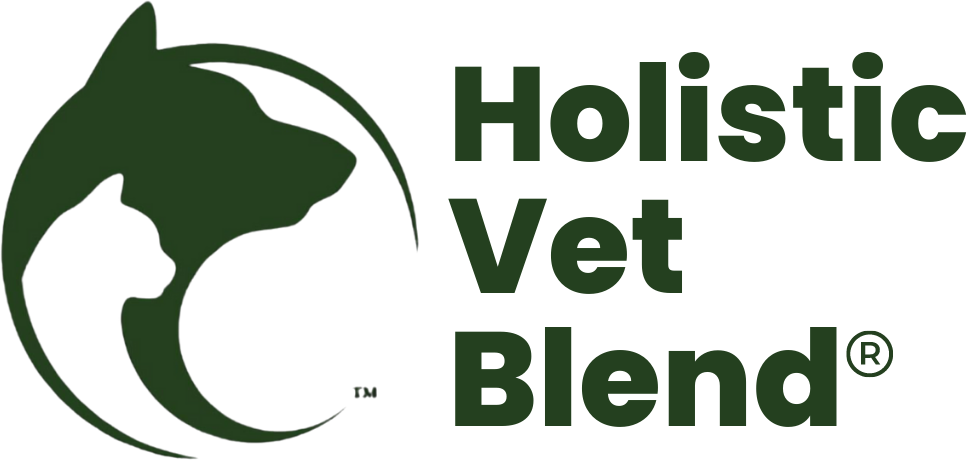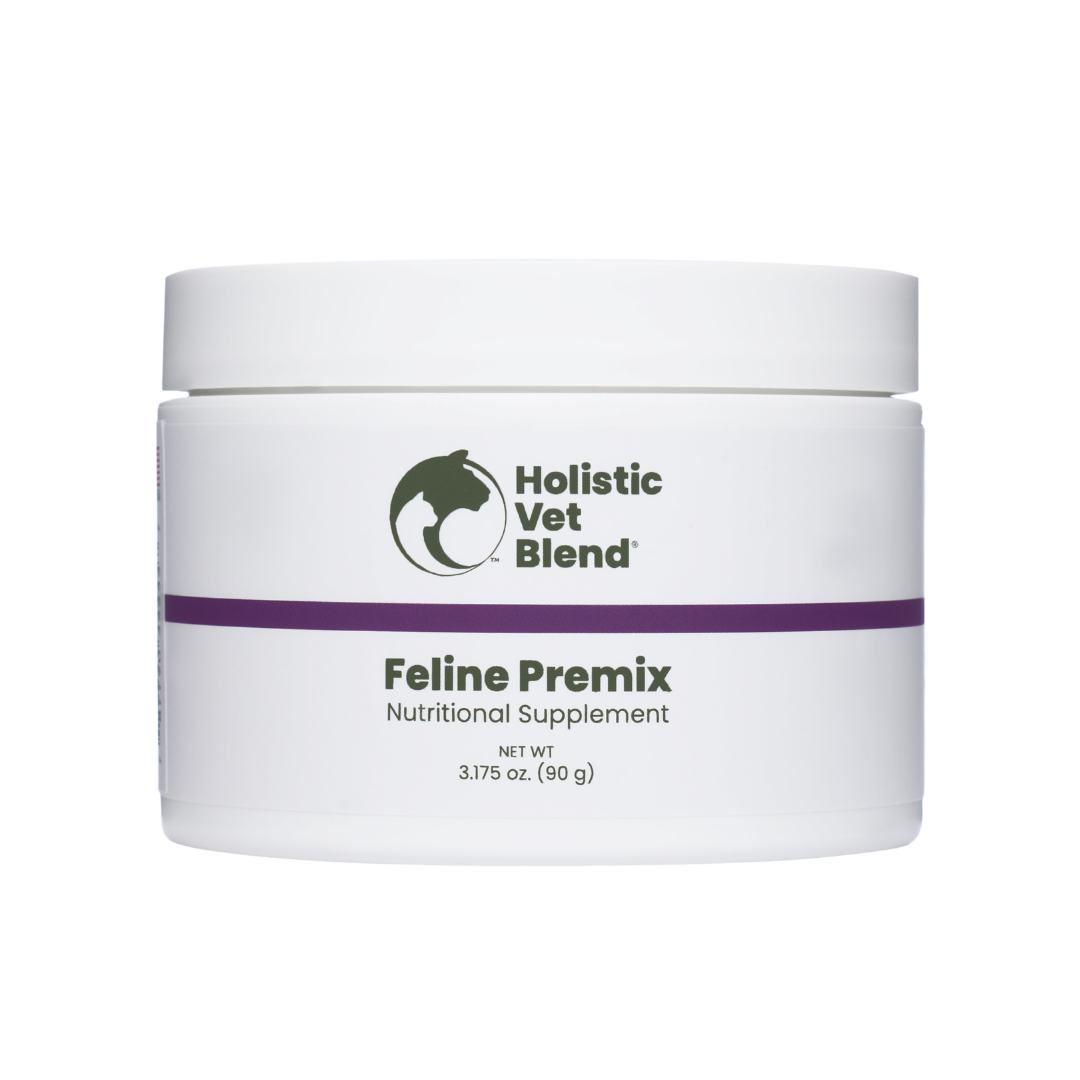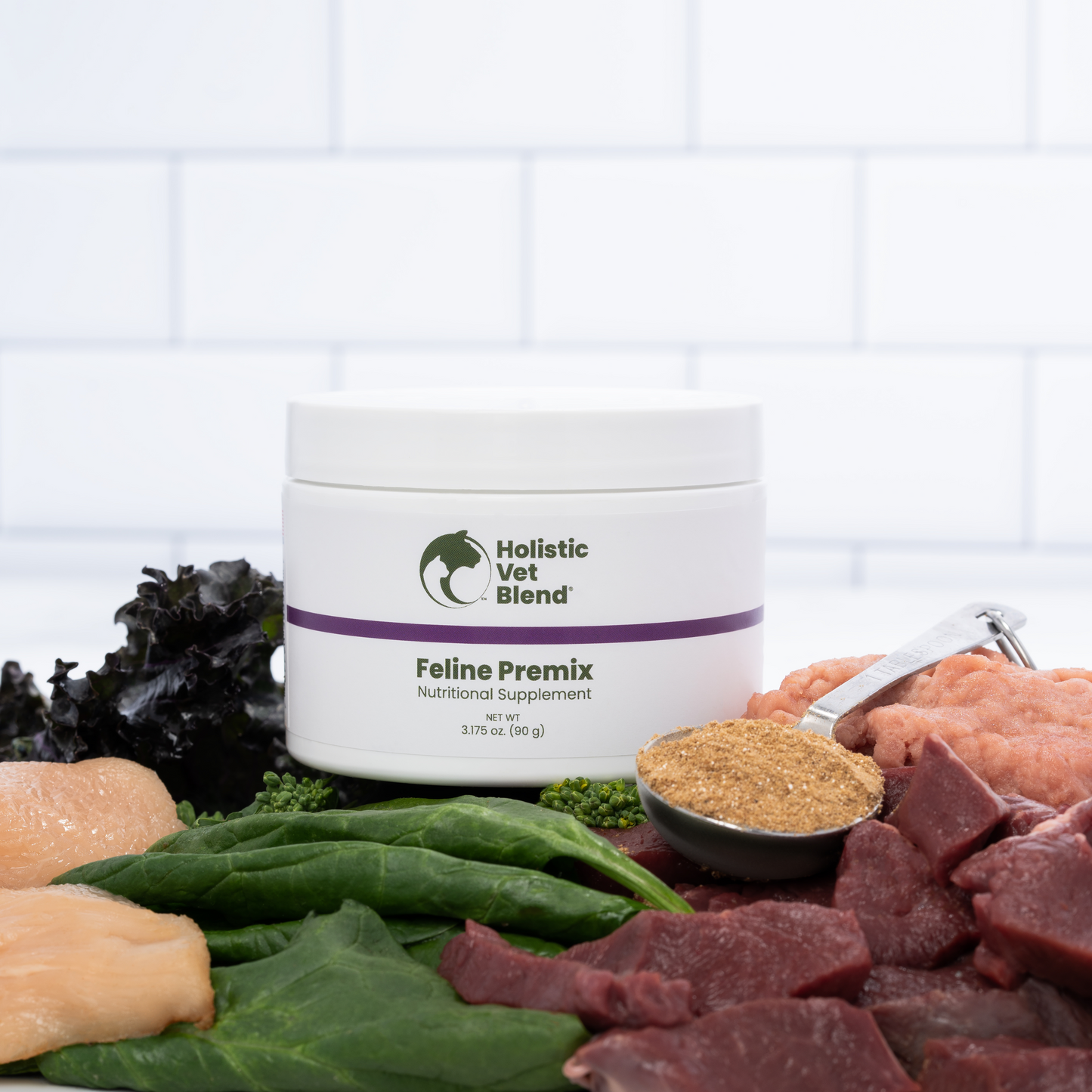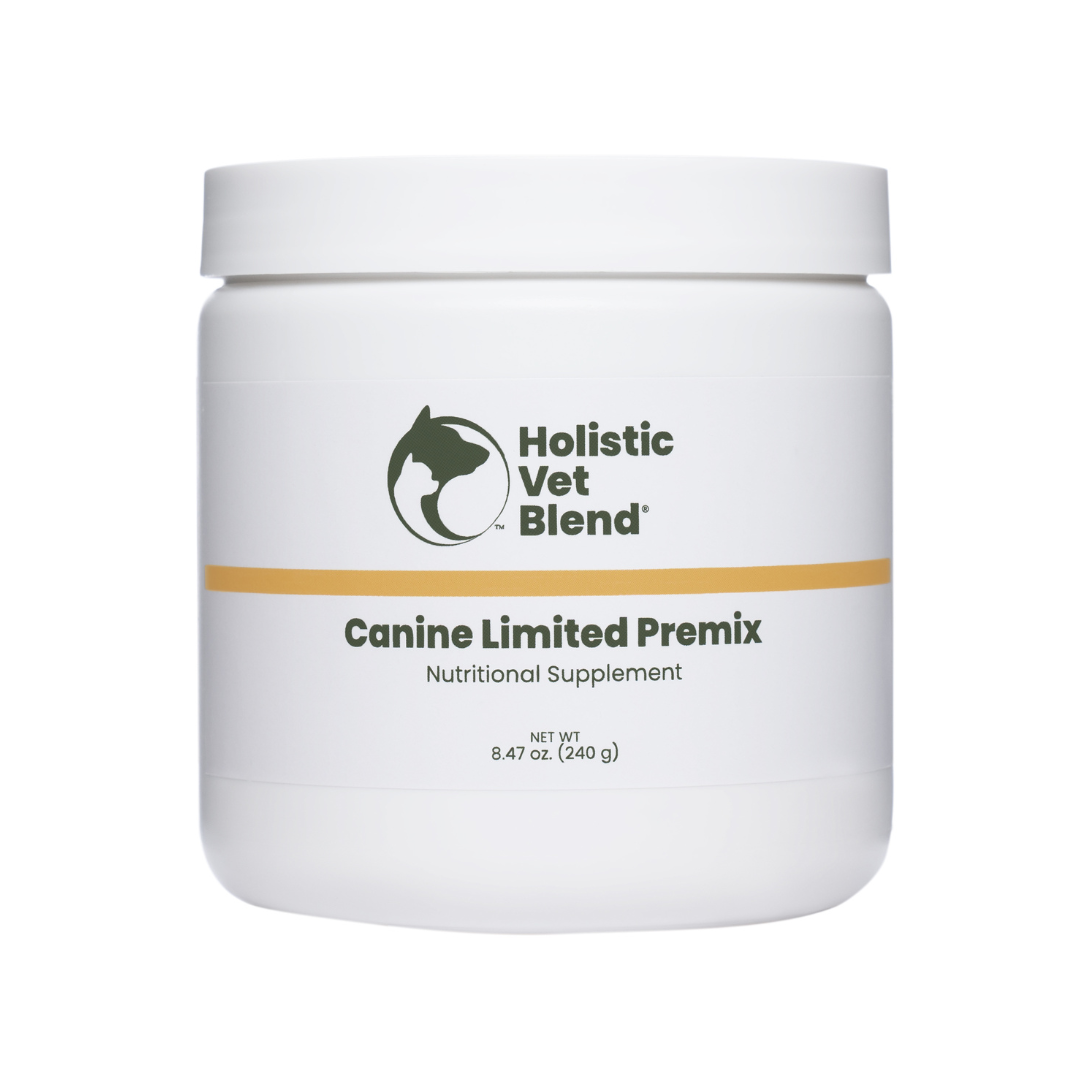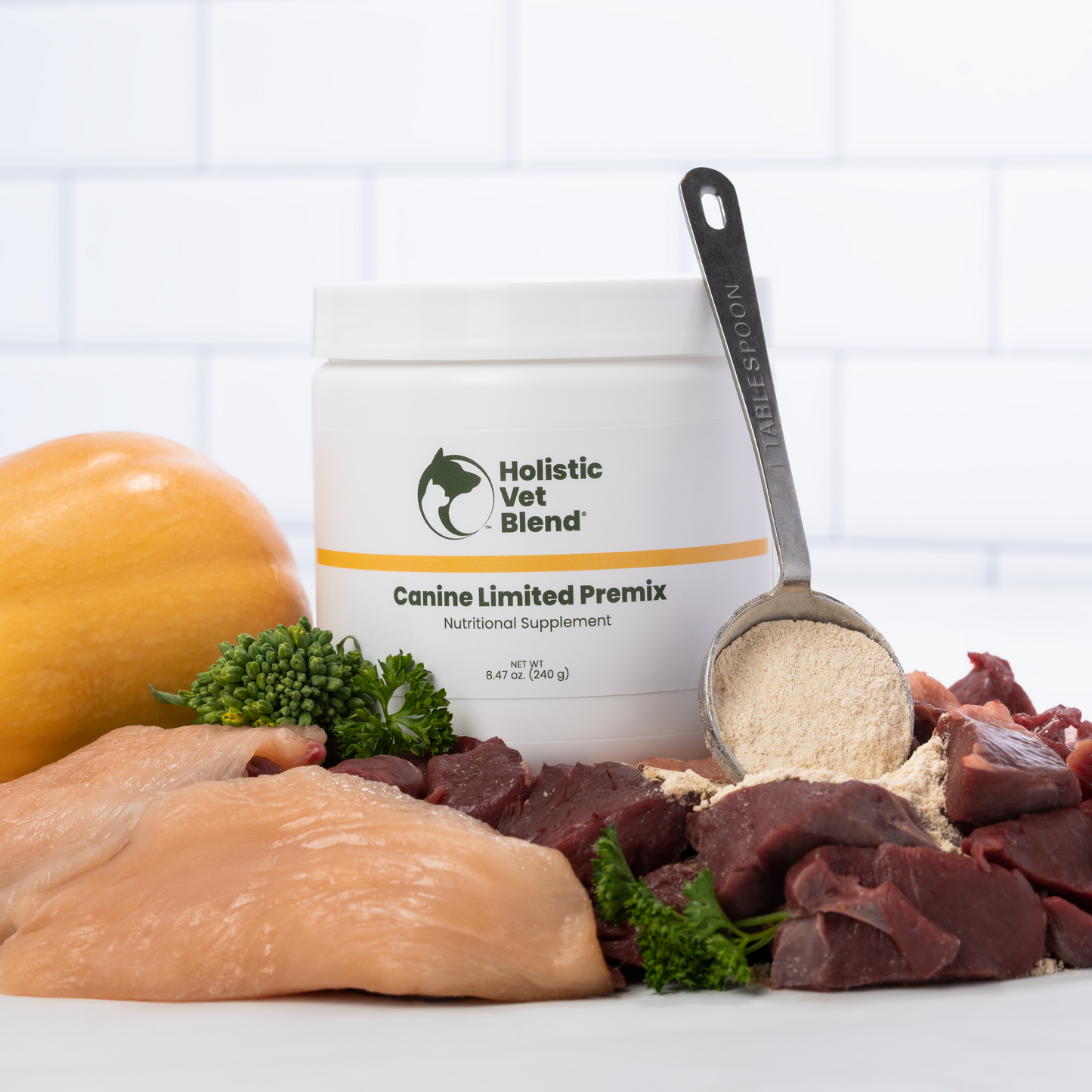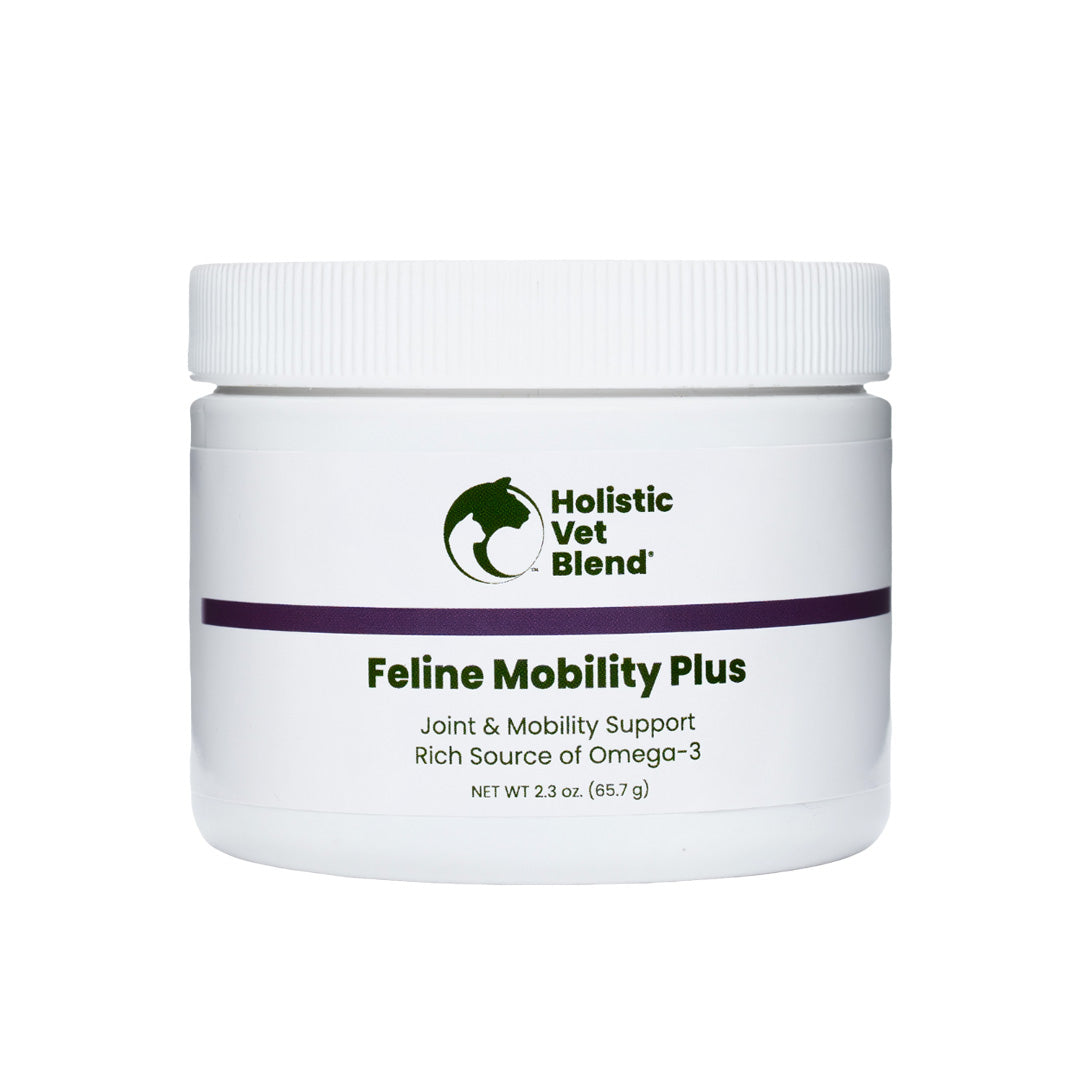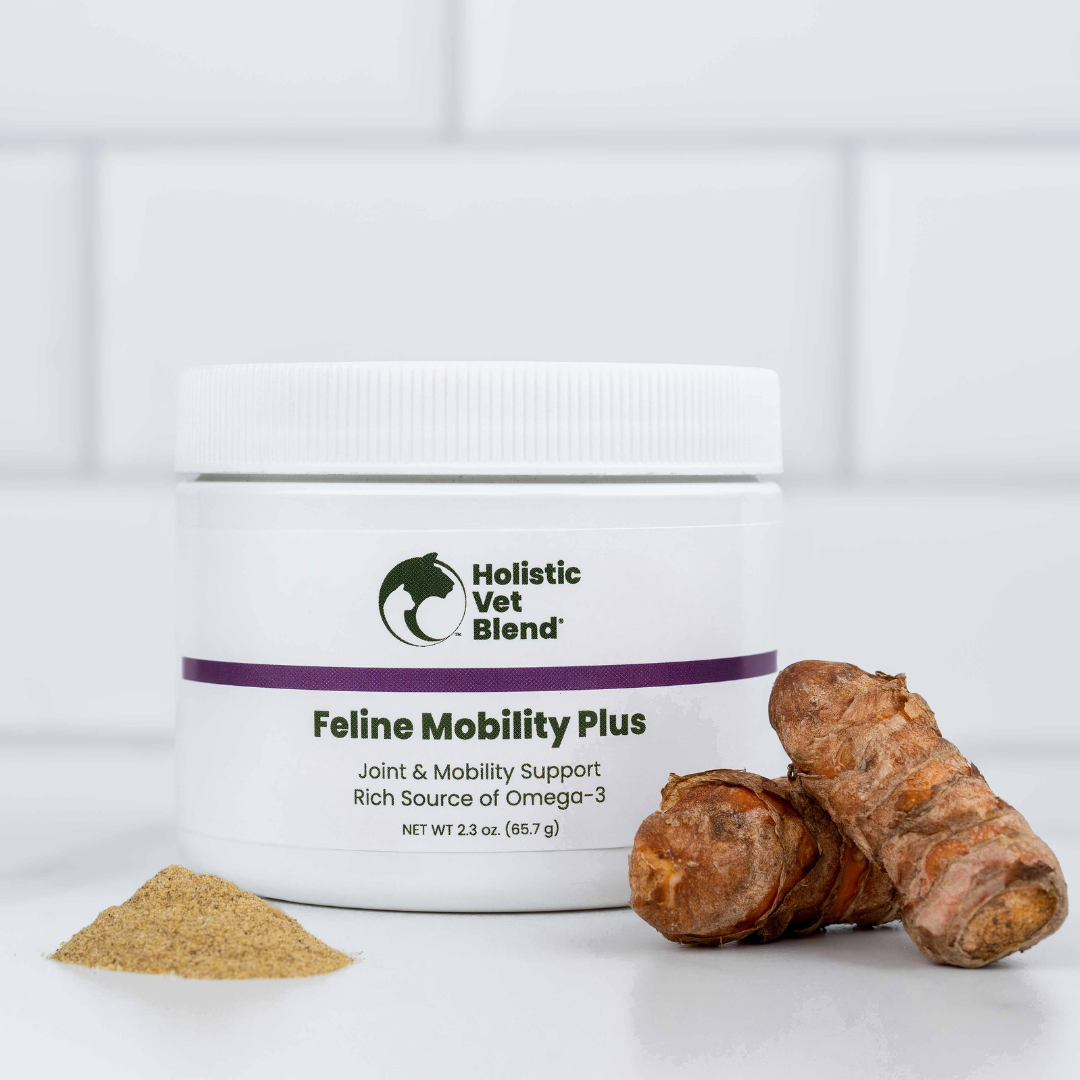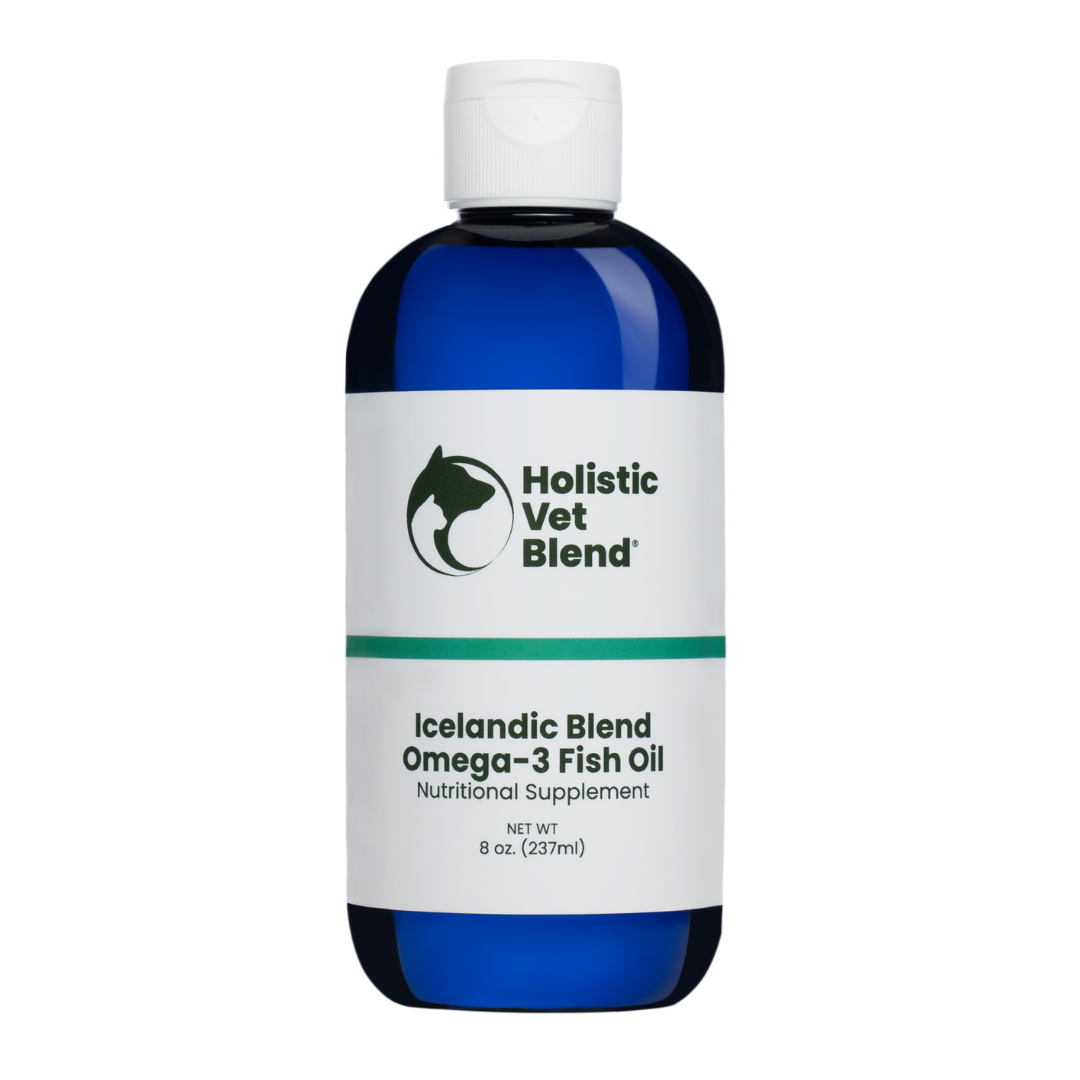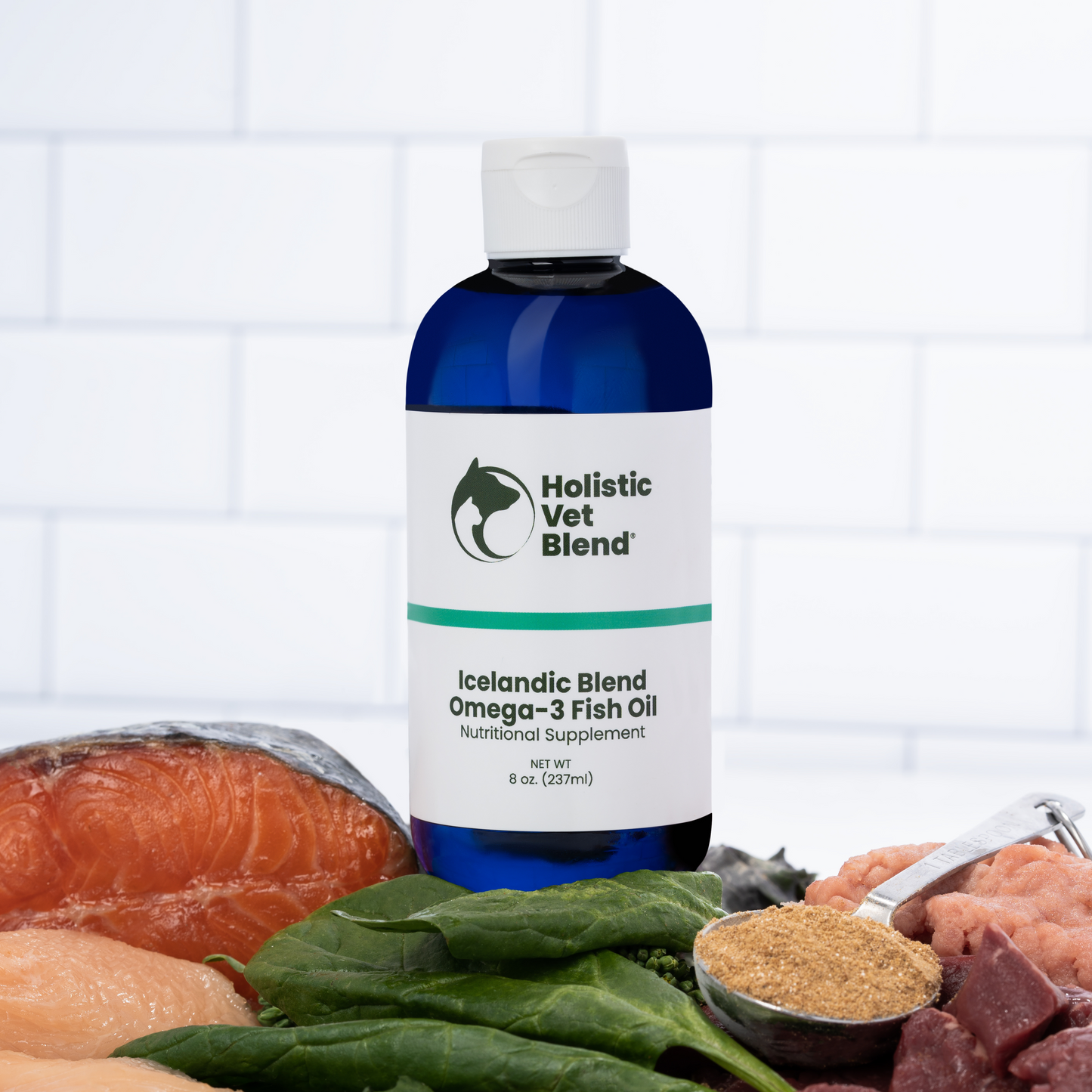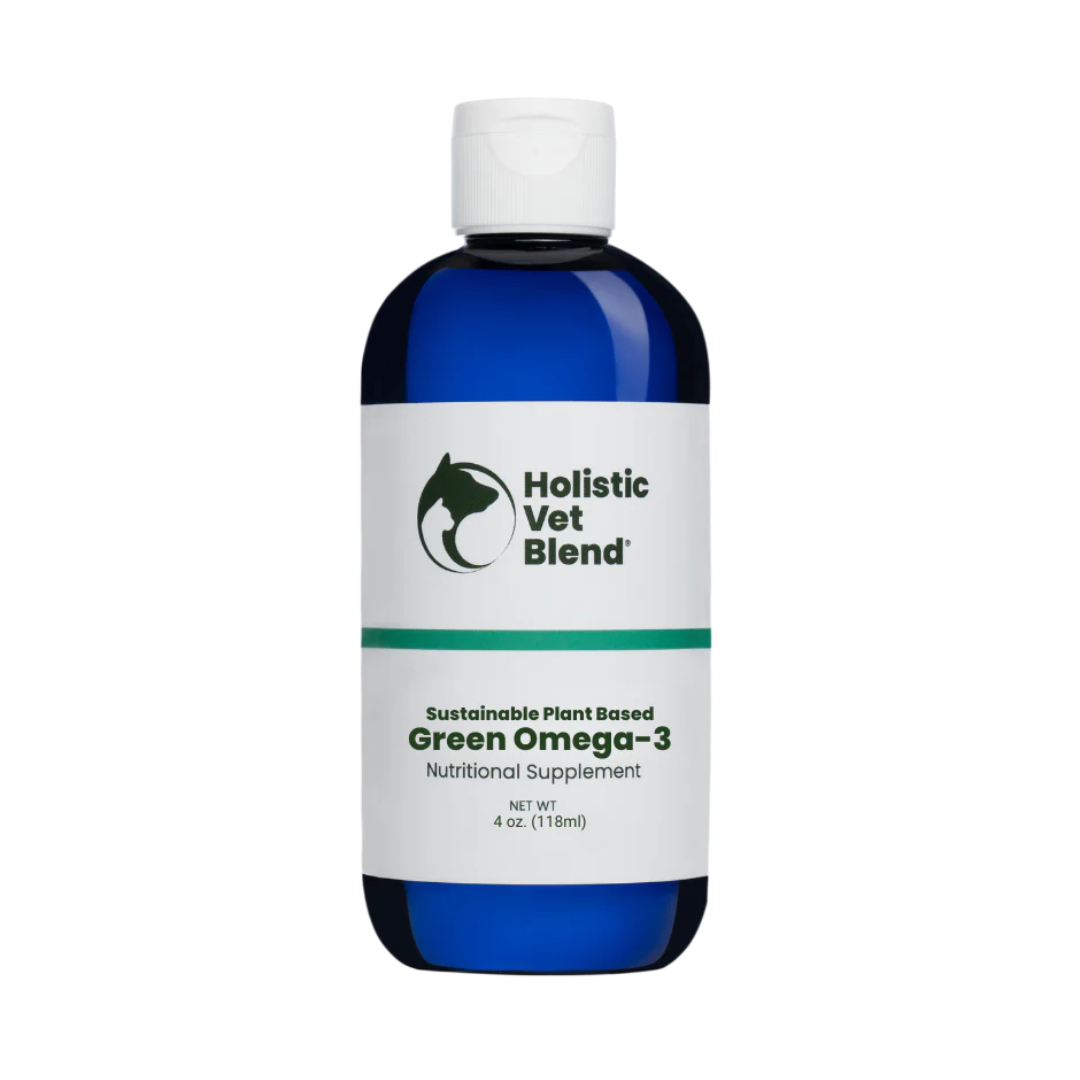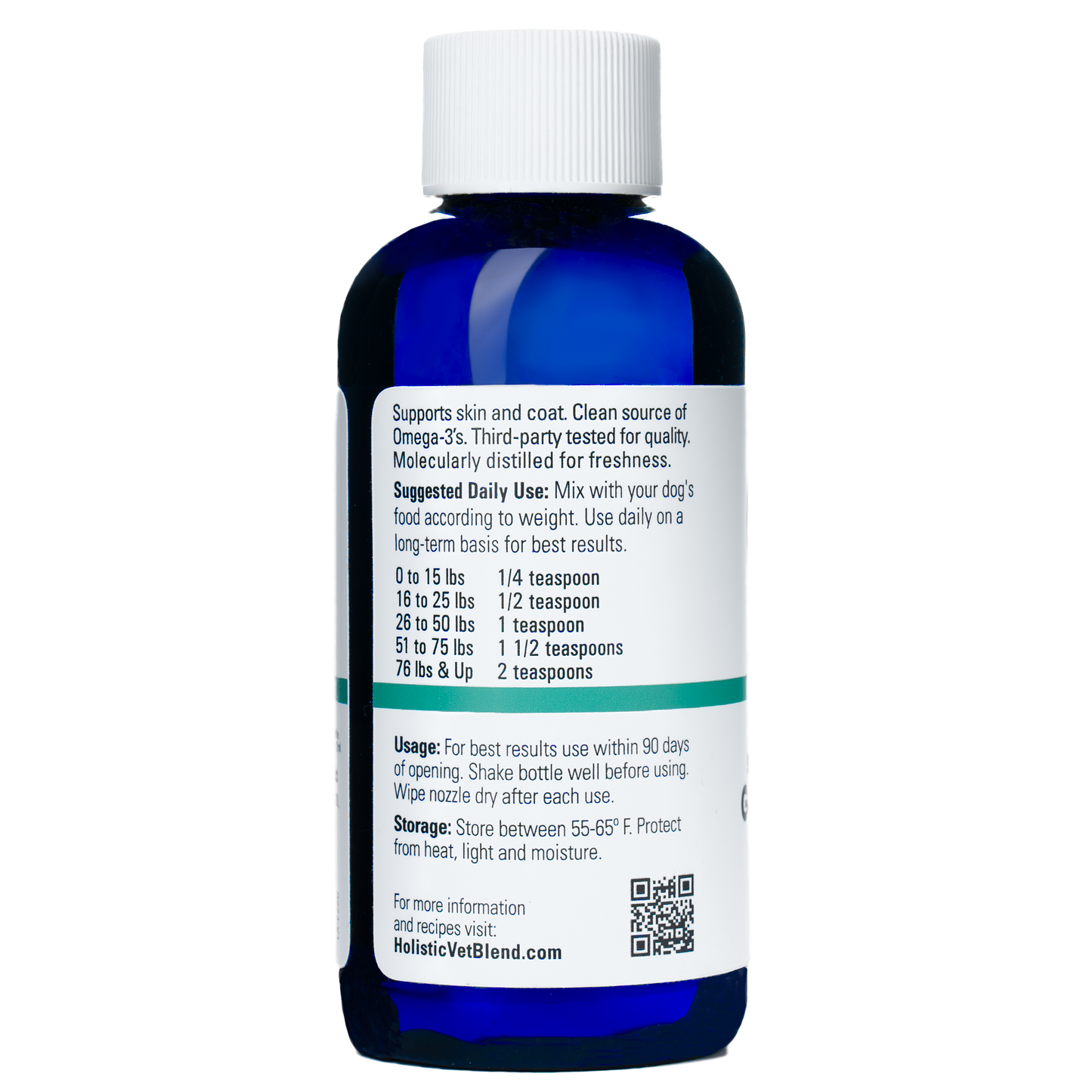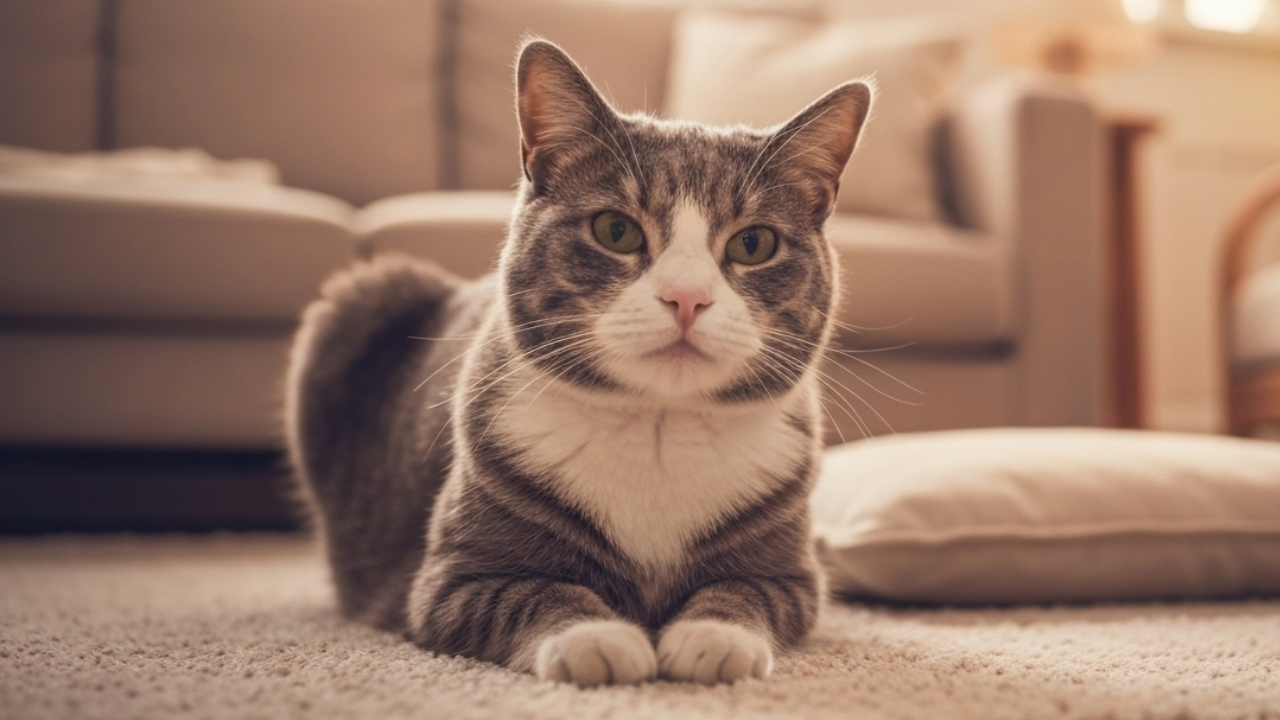
Key Highlights
- Your cat may seem perfectly fine—but behind that calm purr could be the first signs of illness.
- Cats are experts at hiding pain; what looks like “just getting older” may actually be a treatable disease.
- Simple habits—like noticing how your cat grooms, eats, or moves—can make all the difference.
- With the right food, supplements, and gentle vet care, you can help your senior cat stay comfortable and active for many more cuddles and purrs.
- Discover the small signs that reveal a lot about your cat’s health—and how to help them age gracefully.
- Understand the most common health problems in older cats: chronic kidney disease, hyperthyroidism, arthritis, and dental disease.
- There are simple things you can do at home and giving your cat the right food are important parts of senior cat care. These senior cat care tips help improve your cat’s quality of life a lot.
Introduction
Cats are living longer than ever thanks to advances in veterinary medicine and nutrition, giving us more precious years of companionship well into their golden years. But with those added years comes a hidden challenge: senior cats are experts at concealing illness. This instinct—rooted in their wild ancestry—once protected them from predators but now makes it harder for pet parents to recognize when something is wrong. In fact, studies show that while most owners believe their cat is perfectly healthy, many of those same cats already have underlying disease. Subtle changes—like sleeping more, grooming less, or eating differently—are often dismissed as “just aging,” when in reality they may be the first warning signs of serious health issues. By learning to spot these early clues and partnering with your veterinarian, you can intervene before disease progresses, ensuring your senior cat enjoys not just a longer life, but a healthier and happier one.
Understanding Health Problems That Are Often Overlooked
Our beloved cats are masters of disguise. But with age, health issues become increasingly common, yet their owners describe them as “perfectly healthy”—until a problem suddenly becomes obvious. The truth is, many conditions progress silently, and by the time clinical signs are apparent, the disease may already be advanced.
In one survey, 81% of owners believed their cat was in excellent health, even when many of those cats were found to have chronic disease. A recent 2-year study of 259 cats revealed that:
- 21% of cat owners who believed their cats were healthy already had diseases such as kidney disease or hyperthyroidism.
- Within just 2 years, 25% of mature cats (7–10 years) and 50% of senior cats (11+ years) developed new diseases, despite appearing healthy at baseline.
This research highlights a critical message: Just because your cat looks fine doesn’t mean they are fine.
What Age Is Considered a Senior Cat?
Different veterinary associations use slightly different terminology, but the AAFP/AAHA Feline Life Stage Guidelines and recent studies provide a widely accepted framework:
|
Life Stage |
Age (Years) |
|---|---|
|
Kitten |
0 – 6 months |
|
Junior |
7 months – 2 years |
|
Adult |
3 – 6 years |
|
Mature Adult |
7 – 10 years |
|
Senior |
11 – 14 years |
|
Geriatric |
15+ years |
Senior cats are generally considered those over 11 years of age. However, mature adult cats (7–10 years) also experience a rise in chronic health problems, making this an important stage for proactive care.
Signs That Owners Commonly Miss
One of the most missed signs is a change in how the cat grooms. If your cat's coat looks messy or has mats, the reason can be arthritis pain. This pain can make it tough for them to reach some parts of their body and can hinder their ability to groom, especially along their back. Weight changes should not be ignored. If there is weight loss for no clear reason, it could be a sign of a serious illness. Weight gain can make moving around much tougher, too.
Watch out for these simple but important behavioral changes, including behavior changes like:
- Decreased Grooming: If the cat has an untidy coat, it could mean they are in pain or feeling discomfort.
- Appetite Changes: Both a loss of appetite or wanting more food than before should be checked.
- Litter Box Issues: If the cat starts to avoid the litter box, it could be arthritis making it hard for them to get in and out.
- Reduced Activity: When your cat does not use scratching posts or will not jump on furniture, this may be because their joints hurt.Because the first signs of illness in senior cats, including hearing loss, can be hard to spot, many people do not notice them. You might think your cat is just slowing down because of old age, but this change could be a sign of a medical condition that can be treated. Do not just blame any change in your cat's behavior on old age.
The Most Common Health Problems in Senior Cats
1. Chronic Kidney Disease
-
Why It Matters:
Chronic kidney disease is one of the most common conditions in senior cats, affecting nearly 1 in 3 older cats. It develops gradually, and subtle weight or muscle loss can appear months to years before changes show up on lab tests. Detecting these early shifts allows for dietary and lifestyle support that can significantly improve quality of life.-
Signs to Watch For:
- Increased thirst and urination
- Gradual weight or muscle loss
- Poor coat quality or dehydration
- Decreased appetite or nausea
- Lethargy or hiding more than usual
-
Holistic Support Strategies:
- Feed moisture-rich, low-phosphorus diets to protect kidney function and maintain hydration.
- Don’t restrict protein too soon—cats need high-quality animal protein to preserve muscle. Focus on lowering phosphorus, not protein.
- Add warm water or low-sodium broth to each meal.
- Include omega-3 fatty acids (EPA/DHA) and probiotics to reduce inflammation and support the gut–kidney connection.
- Use a balanced vitamin-mineral premix (like Holistic Vet Blend® Feline Senior Formula) for complete, kidney-friendly nutrition.
-
Vet Tip:
Ask your veterinarian to establish a baseline for kidney function by age seven—including creatinine, SDMA, and urinalysis. Once baseline values are set, changes over time can reveal early disease before symptoms appear.
-
Signs to Watch For:
2. Hyperthyroidism
-
Why It Matters:
Hyperthyroidism is one of the most common endocrine disorders in older cats, affecting roughly 8–12% of senior cats. It speeds up metabolism, putting stress on the heart, kidneys, and muscles. Because it often develops gradually, many cats seem perfectly healthy—until weight loss and restlessness become hard to ignore.-
Signs to Watch For:
- Weight loss despite a ravenous appetite
- Increased thirst and urination
- Vomiting or diarrhea
- Restlessness, pacing, or vocalizing at night
- Greasy or unkempt coat from over-grooming or high metabolism
-
Holistic Support Strategies:
- Feed fresh, balanced diets made from clean, whole-food ingredients—avoid ultra-processed or iodine-rich fish-based foods.
- Support the thyroid and heart with omega-3 fatty acids, antioxidants, and B vitamins.
- Maintain consistent meal times and calm routines to reduce stress, which can worsen symptoms.
- For diagnosed cats, collaborate with your veterinarian to tailor dietary therapy, medication, or integrative treatments safely.
- Vet Tip: Regular thyroid hormone testing (T4) is recommended yearly from age 7 onward.
-
Signs to Watch For:
3. Dental Disease
- Prevalence: Up to 70–90% of cats over age 3 already show signs of oral disease.
- Signs to Watch For: Drooling, bad breath, reluctance to eat hard food, pawing at the mouth, grinding teeth.
- Vet Tip: Annual dental exams and professional cleanings prevent pain, infection, and difficulty eating. Daily or weekly brushing helps at home.
4. Obesity & Osteoarthritis
-
Prevalence of Overweight/Obesity:
Over 60% of cats in the U.S. are classified as overweight or obese.
This rising trend is a significant concern because excess weight accelerates many chronic diseases. -
Why It Matters (Arthritis Link):
- Heavier cats put extra stress on joints, worsening cartilage wear and joint inflammation.
- While prospective weight-loss studies in cats are limited, weight management is considered the cornerstone of osteoarthritis care in feline practice.
-
Signs to Watch For (Early Red Flags):
- No longer jumping onto furniture or windowsills
- Hesitation when climbing or descending stairs
- Reduced play or interaction
- Decreased grooming, especially of hard-to-reach areas
- Choosing easier paths instead of jumping
- Subtle “thinning” of muscle mass even if fat remains
-
Holistic Support Strategies:
- Transition off dry kibble: serve canned, fresh, or homemade moisture-rich meals to support hydration and reduce overconsumption of dry calories
- Use high-quality, moderate-calorie protein sources to preserve muscle mass while reducing fat stores
- Incorporate omega-3 fatty acids (EPA/DHA) or joint-supportive nutrients (e.g. green-lipped mussel) as adjuncts, balancing caloric density
- Promote gentle, low-impact movement (short play sessions, environmental enrichment) to maintain mobility and stimulate lean tissue
- Use environmental modifications (ramps, low-entry litter boxes, soft bedding) to reduce joint stress
- Monitor weight weekly and adjust portions slowly; small, gradual reductions are safer
-
Vet Tip (More Actionable):
Ask your veterinarian to help you design a targeted weight-loss protocol using partial caloric restriction (which has been shown to better preserve lean mass than aggressive restriction in cats) (Frontiers).
Combine that with body-condition scoring, frequent weight checks, and joint pain assessments during wellness visits. Starting weight management early—before overt lameness emerges—gives your cat the best chance to slow arthritis progression, ease discomfort, and retain mobility.
5. Hypertension (High Blood Pressure)
-
Typical Age of Onset: Most common in cats over 10 years, especially those with kidney disease or hyperthyroidism.
-
Key Signs to Watch For:
- Sudden blindness or dilated pupils
- Disorientation, restlessness, nighttime vocalization
- No visible signs at all until organ damage occurs
-
Holistic Support:
- Ask for blood pressure checks at every senior visit—it's quick and painless.
- Feed moisture-rich, low-sodium diets with omega-3 fatty acids for vascular health.
- Keep stress low with predictable routines and calm environments.
- Vet Tip: Hypertension is often silent until it causes blindness or kidney damage—routine blood pressure screening can prevent irreversible harm.Prevalence: Detected in 10% of screened cats.
-
Key Signs to Watch For:
6. Cancer (Neoplasia)
- About 7% of senior cats develop cancer within two years of screening, and many cases are discovered only after subtle signs are overlooked. Early detection offers the best chance for treatment and comfort.
-
Signs to Watch For:
- Unexplained weight loss or loss of muscle
- New lumps or bumps that persist or grow
- Changes in appetite or drinking habits
- Vomiting, diarrhea, or constipation
- Behavioral shifts such as hiding, restlessness, or decreased grooming
-
Holistic Support Strategies:
- Feed fresh, minimally processed diets rich in antioxidants and omega-3 fatty acids to support immune balance.
- Maintain a lean body condition—obesity increases inflammation and cancer risk.
- Reduce toxin exposure: avoid chemical flea products, scented cleaners, and artificial fragrances.
- Support natural detoxification with hydration, fiber, and gentle liver-supportive herbs (like milk thistle, under veterinary guidance).
- Vet Tip: Check your cat monthly for new lumps, weight loss, or appetite changes. If you find anything unusual, schedule a veterinary visit right away—even small changes can be significant when it comes to early cancer detection.
7. Cognitive Dysfunction (Feline Dementia)
- Typical Age of Onset: Most often seen aged 11–14 years, though signs may begin as early as 7–8 years.
-
What to Watch For:
- Disorientation or confusion in familiar places
- Increased vocalization, especially at night
- Changes in sleep patterns—awake at night, sleeping more by day
- Forgetting routines (e.g., meal times, litter box habits)
- Staring blankly or appearing “spaced out”
- Less interaction with family members or other pets
- Why It Happens: Cognitive dysfunction is linked to age-related changes in the brain, including oxidative stress and reduced circulation, leading to memory and behavior changes similar to dementia in humans.
-
Holistic Support Strategies:
- Nutrition: Add omega-3 fatty acids (EPA/DHA), B vitamins, and antioxidants (vitamins E and C) to support brain health.
- Routine & Enrichment: Keep a consistent daily schedule, offer puzzle feeders, gentle play, and environmental stimulation to keep the mind active.
- Complementary Therapies: Consider acupuncture, photobiomodulation (low-level laser therapy), or herbal support such as ginkgo biloba or SAMe (under veterinary guidance).
- Environmental Adjustments: Provide night lights, minimize furniture changes, and maintain predictable feeding and sleep patterns to reduce anxiety.
- Vet Tip: Early recognition and intervention can slow progression and significantly improve your cat’s comfort and connection with you during their golden years.
8. Mobility Issues
- Typical Age of Onset: Subtle mobility changes often begin around 10 years of age, though joint degeneration can start as early as 7–8 years. By age 12, studies show over 90% of cats have radiographic evidence of arthritis—even if they never limp.
-
What to Watch For (It’s What They Aren’t Doing):
- No longer jumping onto counters, beds, or windowsills they once loved
- Hesitating before leaping or choosing lower routes
- Avoiding scratching posts or perches
- Neglecting grooming, especially along the back or tail area
- Missing the litter box or preferring softer surfaces—often due to difficulty climbing in and out
- Spending more time sleeping or resting in easily accessible spots
- Why It’s Missed: Cats rarely show obvious limping or vocalize pain. Instead, they adapt quietly—changing routines, reducing movement, or grooming less. These subtle behavioral changes are often mistaken for “just slowing down.”
-
Holistic Support Strategies:
- Joint-Friendly Diet & Supplements: Add omega-3 fatty acids (EPA/DHA), green-lipped mussel, glucosamine, chondroitin, and MSM for joint lubrication and reduced inflammation.
- Gentle Movement: Encourage slow, daily play and light stretching—movement helps maintain flexibility and circulation.
- Acupuncture & Laser Therapy: Both improve comfort, reduce inflammation, and enhance mobility without relying solely on pharmaceuticals.
- Comfortable Environment: Use ramps or steps to access favorite perches, low-sided litter boxes, and soft, orthopedic bedding for joint relief.
- Weight Management: Keeping your cat lean is one of the most powerful ways to reduce joint strain and slow arthritis progression.
- Vet Tip: Ask your veterinarian to perform a pain-scoring and range-of-motion exam during your cat’s wellness visit. These hands-on tests—watching how your cat sits, rises, and extends joints—can reveal arthritis long before X-rays are needed. Early detection allows you to start joint-supportive therapies sooner, improving comfort, mobility, and quality of life.
9. Unexplained Weight Loss in Senior Cats
-
Why It Matters:
Subtle weight loss is one of the earliest warning signs of illness in aging cats. In several long-term studies, cats began losing measurable body weight months to years before they were diagnosed with chronic kidney disease (CKD). In fact, one landmark study showed that cats often lost 5–10% of body weight up to three years before CKD was detected through bloodwork. This early loss of lean muscle—especially noticeable along the spine and hips—can signal brewing metabolic or organ disease long before other symptoms appear.- Common Underlying Causes:
- Chronic kidney disease (CKD) – gradual loss of muscle and hydration
- Hyperthyroidism – high metabolism despite normal or increased appetite
- Diabetes mellitus – excessive thirst and urination with muscle wasting
- Dental disease – painful chewing leading to decreased food intake
- Cancer or GI disease – malabsorption or reduced appetite
-
What to Watch For:
- Subtle thinning over the back or hips
- Decreased muscle tone
- Changes in appetite or water intake
- Clothes or collars feeling looser when picked up
- A “bony” feel despite normal eating
-
Holistic Nutrition and Hydration Support:
- Feed Moisture-Rich Diets: Avoid dry kibble. Cats evolved as desert animals and are naturally low drinkers. Feeding fresh, homemade, or canned food helps maintain hydration and kidney health.
- Add Water to Meals: Add a few tablespoons of warm water or low-sodium broth to each meal to support hydration.
- Choose Balanced, High-Quality Protein: Senior cats still need high-quality animal protein to maintain muscle mass—just lower phosphorus if kidney disease is present.
- Support Digestive Health: Consider a vet-formulated premix (like Holistic Vet Blend® Feline Senior Formula) to ensure balanced vitamins and minerals for older cats with changing metabolism.
- Omega-3 Fatty Acids: Promote healthy body composition and reduce inflammation.
- Encourage Hydration Playfully: Use a pet fountain—many cats prefer running water, which encourages drinking.
- Vet Tip: Even small weight changes matter. Ask your veterinarian to weigh your cat at every visit—and keep a home log. A loss of just 0.5 pounds can be significant for a 10-pound cat. Early nutritional intervention, hydration, and regular monitoring can delay the onset or progression of chronic disease and keep your cat thriving well into their senior years.
Vet Tips for Senior Cat Care (At-a-Glance)
- Schedule wellness exams every 6 months for cats over 7 years.
- Ask for bloodwork, urinalysis, and blood pressure monitoring to catch disease early.
- Monitor weight and body condition at home—sudden changes are red flags.
- Don’t dismiss “slowing down” or subtle changes as “just aging”—often it’s illness.
- Keep a journal of appetite, thirst, litter box habits, and behavior to discuss with your vet
Nutrition and Wellness for Senior Cats: A Holistic Approach
At Holistic Vet Blend®, we know nutrition is the foundation of health. Our Senior Cat Formula was created with the unique needs of senior cats in mind—lowest maintenance phosphorus levels, added B vitamins, and natural fiber for digestion and hydration.
Support your senior cat’s health naturally—try Holistic Vet Blend Senior Cat Formula today.
Frequently Asked Questions About Caring For Senior Cats
What age is considered a senior cat?
Most veterinarians consider cats senior at 11 years and older, while cats aged 7–10 years are classified as mature adults. Both groups benefit from more frequent veterinary care, since chronic conditions often develop during these years.
What are the most common health problems in senior cats?
The most common health issues in senior cats include:
- Chronic kidney disease (CKD)
- Hyperthyroidism
- Dental disease
- Obesity and arthritis
- High blood pressure (hypertension)
- Cancer
- Cognitive dysfunction
These conditions often progress silently, which is why routine checkups and lab work are so important.
How do I choose the right food for my senior cat?
Finding the right food for your senior cat can feel overwhelming. Most commercial diets display an AAFCO statement, indicating they meet the minimum standards for “complete and balanced” nutrition—but that doesn’t always mean they’re the best choice for your aging cat’s health.
Many prescription diets for cats are designed to manage specific conditions like kidney disease, diabetes, hyperthyroidism, or urinary problems. These formulas can play an essential role in medical management. Still, they’re often ultraprocessed, heavily supplemented with synthetic nutrients, and low in natural moisture—factors that can impact hydration and long-term vitality.
In human nutrition, high intake of ultraprocessed foods has been linked to increased rates of obesity, diabetes, cardiovascular disease, and cancer. The same principles apply to cats. Over time, diets made primarily from heat-extruded or dehydrated ingredients can contribute to inflammation, dehydration, and metabolic imbalance.
That’s why Holistic Vet Blend® was created—to bridge the gap between convenience and true nourishment. Our Senior Feline Formula provides a low-phosphorus, human-grade foundation with added B vitamins for energy, natural fiber for digestion, and antioxidants for immune health. When combined with fresh protein and water, it creates a veterinarian-recommended cat food that supports healthy kidneys, muscle maintenance, and hydration—all without unnecessary processing.
If your cat has a chronic health condition, your veterinarian can help tailor their meals using this holistic foundation. The goal isn’t just to feed—it’s to nourish your senior cat’s body for more years of comfort and connection.
Why Minimally Processed Matters
(Senior Cat Nutrition at a Glance)
- Moisture-rich meals support kidney and urinary health better than dry kibble.
- Fresh, whole-food ingredients help maintain lean muscle and healthy metabolism.
- Low-phosphorus, high-quality protein diets (like Holistic Vet Blend® Senior Feline Formula) protect kidney function without sacrificing essential nutrients.
- Avoiding ultraprocessed foods reduces exposure to inflammatory compounds and mimics what’s healthiest in human nutrition.
Feeding your senior cat shouldn’t feel complicated—but with so many commercial diets on the market, it’s easy to feel overwhelmed. Most dry and canned pet foods are ultraprocessed, meaning they’re exposed to high heat and packed with synthetic additives to meet minimum nutrient standards. While these foods may carry an AAFCO statement showing they’re “complete and balanced,” that doesn’t necessarily mean they’re the optimal foundation for lifelong health.
In human nutrition, studies consistently show that people who eat a diet high in ultraprocessed foods face a significantly increased risk of obesity, diabetes, cardiovascular disease, and cancer. The same biological principles apply to our pets. Cats thrive on fresh, minimally processed, moisture-rich meals that support hydration, muscle maintenance, and organ health—especially in their senior years.
That’s why we created the Holistic Vet Blend® Senior Feline Formula—a human-grade, veterinarian-formulated premix designed to make balanced, homemade meals simple. This blend delivers low phosphorus for kidney support, added B vitamins for energy metabolism, and natural fiber and antioxidants for digestion and immune health. When combined with fresh protein and water, it creates a meal that nourishes your cat the way nature intended.
If your cat has a specific medical condition—such as kidney disease, hyperthyroidism, or diabetes—your veterinarian can help tailor their diet using this holistic foundation. The goal isn’t just to manage disease, but to restore vitality and slow the aging process through food that heals.
When choosing food for your cat in their senior years, the options can be overwhelming. The best place to start is to check for a commercial diet that shows an AAFCO statement on the package. It means the food is complete and balanced for your cat.
If your cat has a health condition, your vet may tell you to use a special diet. These prescription diets help if your cat has problems like kidney disease, diabetes, hyperthyroidism, or issues with peeing. The food works like a treatment, and can make a big change in your cat’s body and how long they live.
These diets often cost more money. So, pet insurance can help you feel better about paying for the best care. Always talk about the choices with your vet, as they know what food will be good for your cat’s body and needs.
Can senior cats live a long, healthy life?
Yes! With proactive veterinary care, balanced nutrition, and an enriched home environment, many senior cats thrive well into their teens and even twenties. The key is early detection and prevention—don’t wait for signs of illness before taking action.
